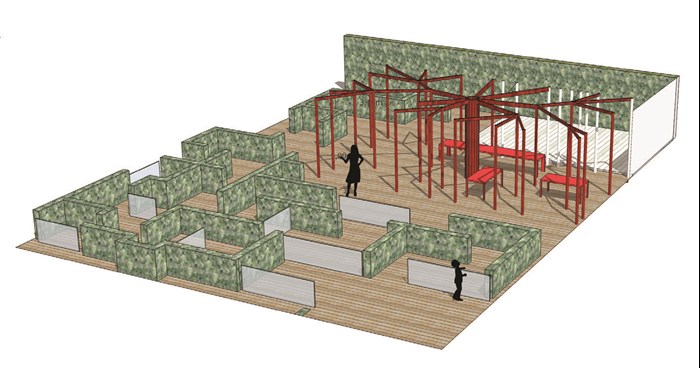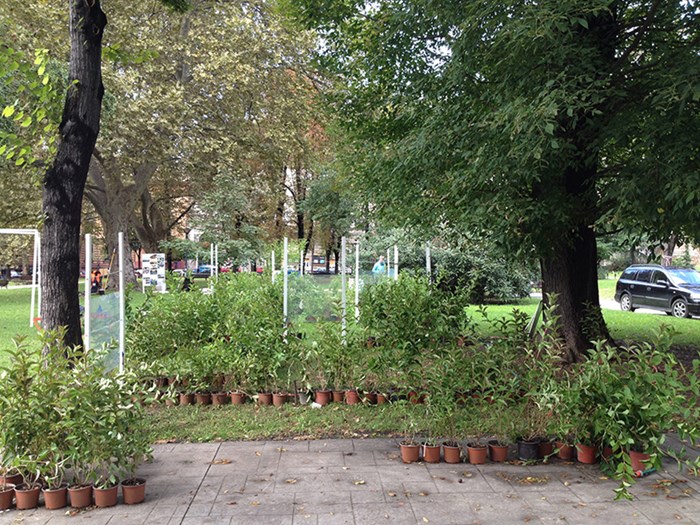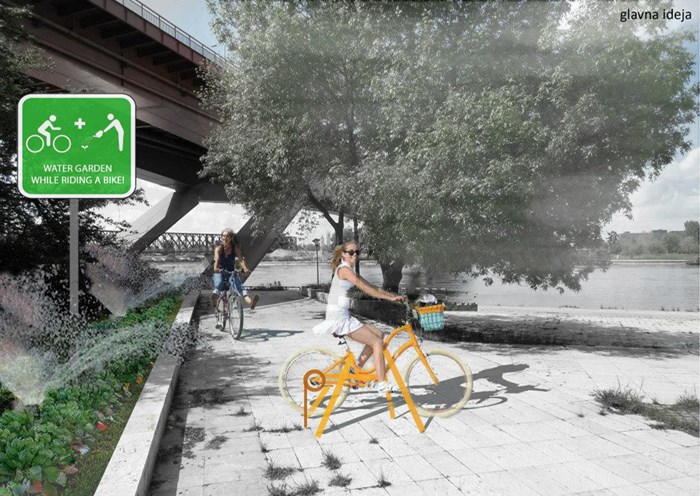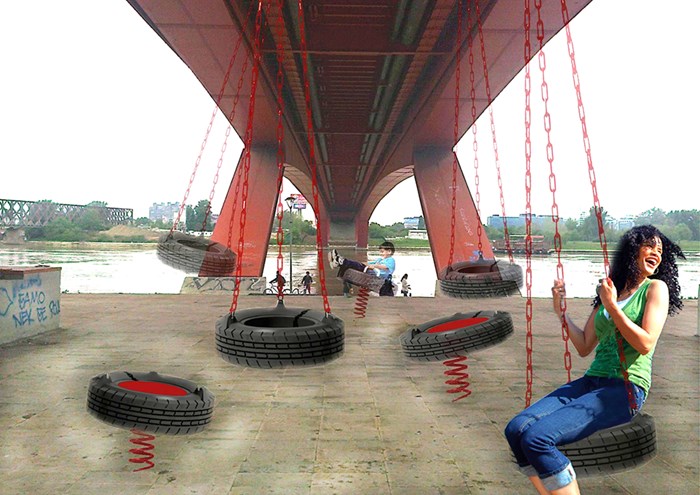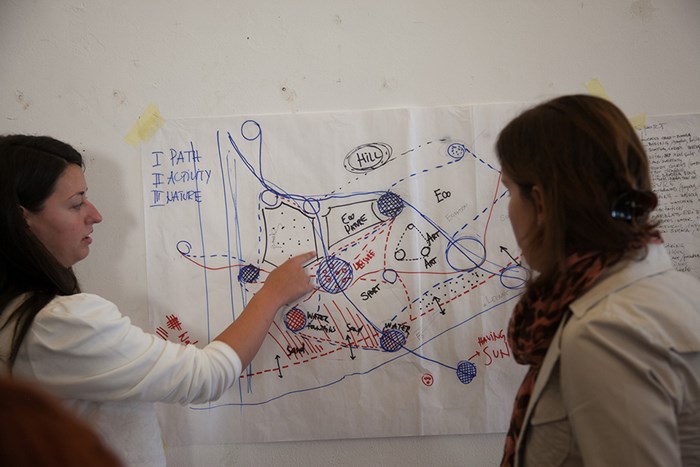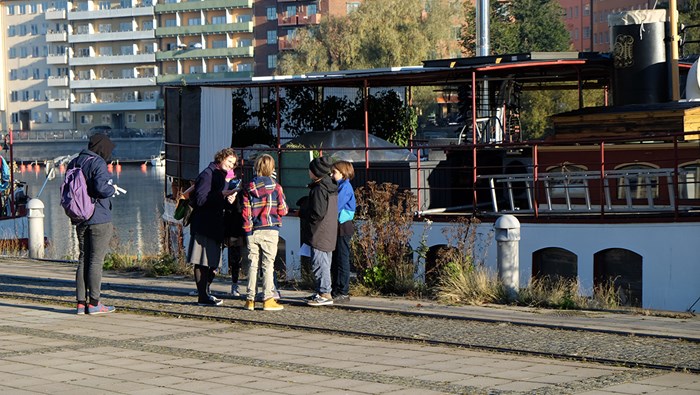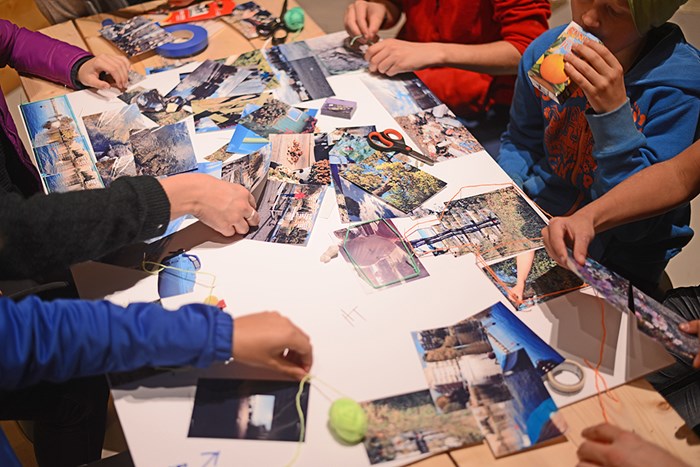"Children and the city" at Urban Forum in Gothenburg
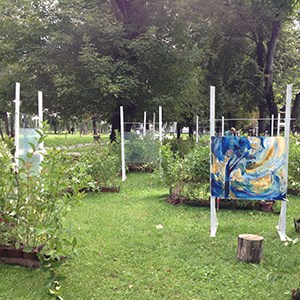
At last weeks Urban Forum Practice meets Academia in Gothenburg, Shira Jacobs and Magdalena Möne presented their collaborative project "Children and the city". Supported by a grant from the Swedish Institute’s Creative Force program, “Children and the City” was a collaboration between Swedish companies and a Serbian NGO (BFC - Belgrade Flower Festival) that also included participation from the University of Belgrade.
The main goal of the project was to develop and implement innovative and sustainable solutions for children in urban environments. The project endeavored to improve communication and mutual understanding between citizens, decision makers, and professionals/creators in urban planning and design. All of the project’s activities aimed to advance cooperation in the field of sustainable urbanism in general, with a specific focus on the promotion of child rights in Serbia.
“Children and the City” challenges the commercialization of outdoor areas and seeks to create a space for public dialogue about the lack of child-friendly places. The core of the project was twofold; the formation of a Swedish-Serbian network for knowledge-sharing between members of target groups and the development of a physical project as a forum for public discussion. The involvement of professors and students from the University of Belgrade involved urban theory and practice as well as design studios. “Children and the City” focused on the planning and design of the promenade along the Sava River, links from the old city to the river, and ideas for temporary sites at two disused and derelict parks, on either side of the Sava river.
The two parks (PromeNada and Usce) became the focus of a competition for child-friendly spaces, the results of which were exhibited at the MIKSER festival in Belgrade. In addition to a workshop with the city architect, the exhibition documented the process of working with the waterfront on both sides of the Sava river, highlighting fundamental questions by discussing the philosophical concepts of public space and ownership. Research results and the comments of children were shown alongside the competition proposals for the re-design of PromeNada and Usce on either side of the river.
“Children and the City” also became a part of Färgfabriken’s yearlong exhibition ‘Experiment Stockholm’. The project produced a conference on child friendly spaces which included lectures from researchers, practitioners, and the Stockholm city architect. The questions raised emphasized the need for catalyst projects, especially those that could emphasize social and ecological aspects of waterfronts. A dialogue with a local school to document the Lövholmen waterfront resulted in multimedia pieces that presented the perspectives of the young participants.
- Both Swedish and Serbian partners had experience working with child-friendly spaces such as parks and schoolyards, but the project “Children and the City” really allowed us to see the importance of considering a child’s perspective in every type of space, especially in regard to large planning projects that involve public space, says Ivana Malinović, Founder of BFC (Belgrade Flower Festival).
-Both Stockholm and Belgrade are undergoing significant changes, and both have semi-derelict land situated along waterways. We realized that working to ensure sustainable development, such as preserving and enhancing waterfront ecology, can have special impacts on children, who might benefit the most from open space and functioning ecosystems, Ivana Malinović continues.
- Although “Children and the City” as a formal project is over, we hope to resume our work together, says Shira Jacobs, landscape architect and founder of Collective Sublime. We would like to seek funding (ideally together with an academic institution) for continued joint projects that more rigorously test the ideas and insights from “Children and the City”. We believe that temporary projects can be used as sites for researchers and practitioners to experiment and develop new approaches to child-friendly spaces. These projects, whether large or small, are important catalysts that can help us advocate for more sustainable approaches to city planning. Creating spaces that welcome multiple user groups requires a multidisciplinary approach, involving research, practice, local governments, and the general public. Together we can help our urban areas become places where everyone feels comfortable and has a voice.
